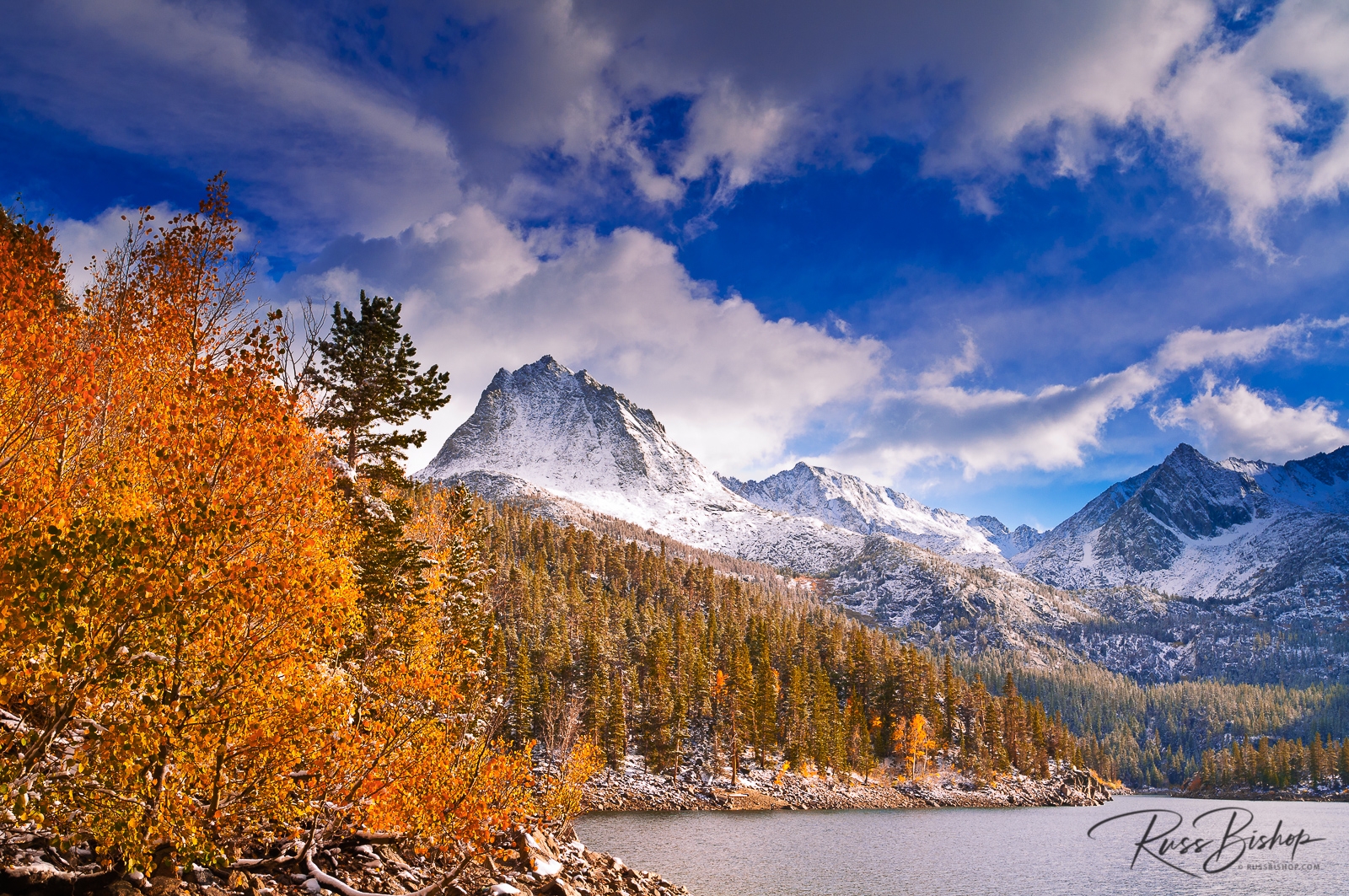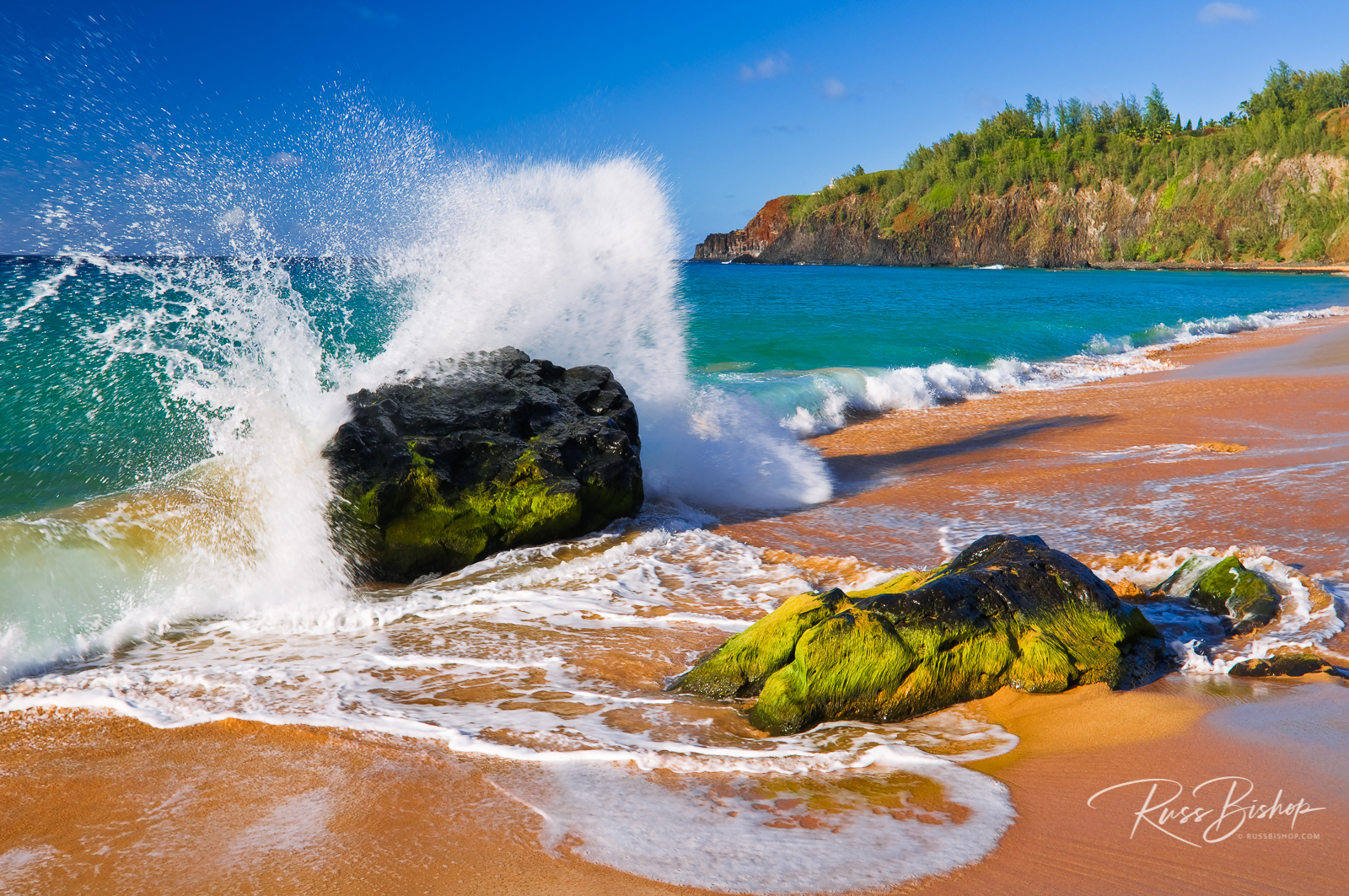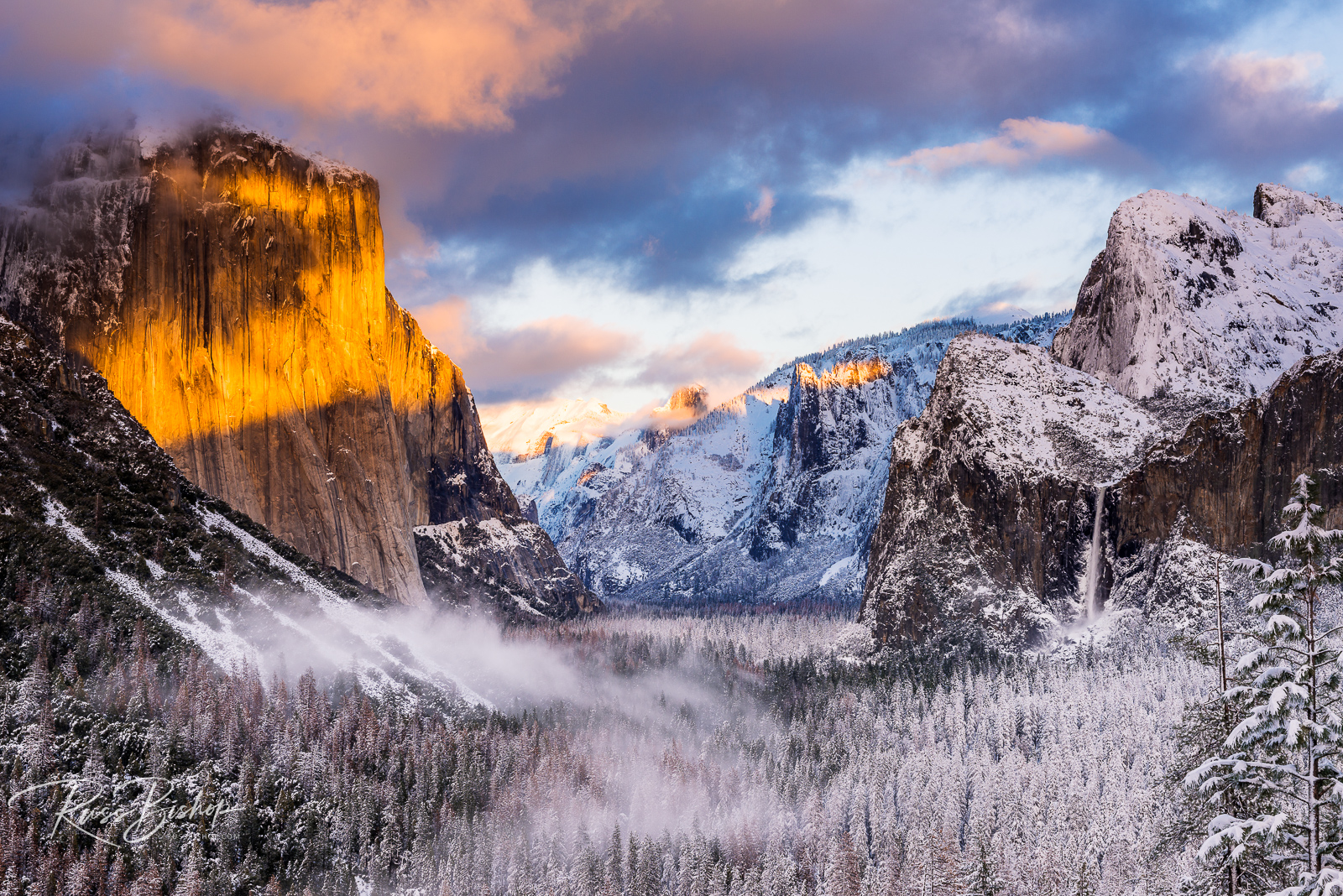
It’s the first of September – the days are getting shorter, and there is a crispness in the air that definitely signals the close of summer. This is my favorite time of year when the crowds give way to the colors of fall, and the natural world seems to come alive once again with a riot of color.
It’s always hard to predict just when and where the peak of autumn color will occur, and sudden temperature changes play a large part in the timing from year to year. As a general rule the higher elevations in the western mountains tend to peak late September to early October, the eastern hardwoods around mid-October, while desert canyons such as Zion and Capitol Reef typically show their full colors in early November.
If the last two big winters are any indication of what’s to come it’s possible the season may be cut short as early snows cause the leaves to turn brown or drop prematurely. But if your timing is right, you can have the best of both worlds with one season visually ushering in the next.
©Russ Bishop/All Rights Reserved


